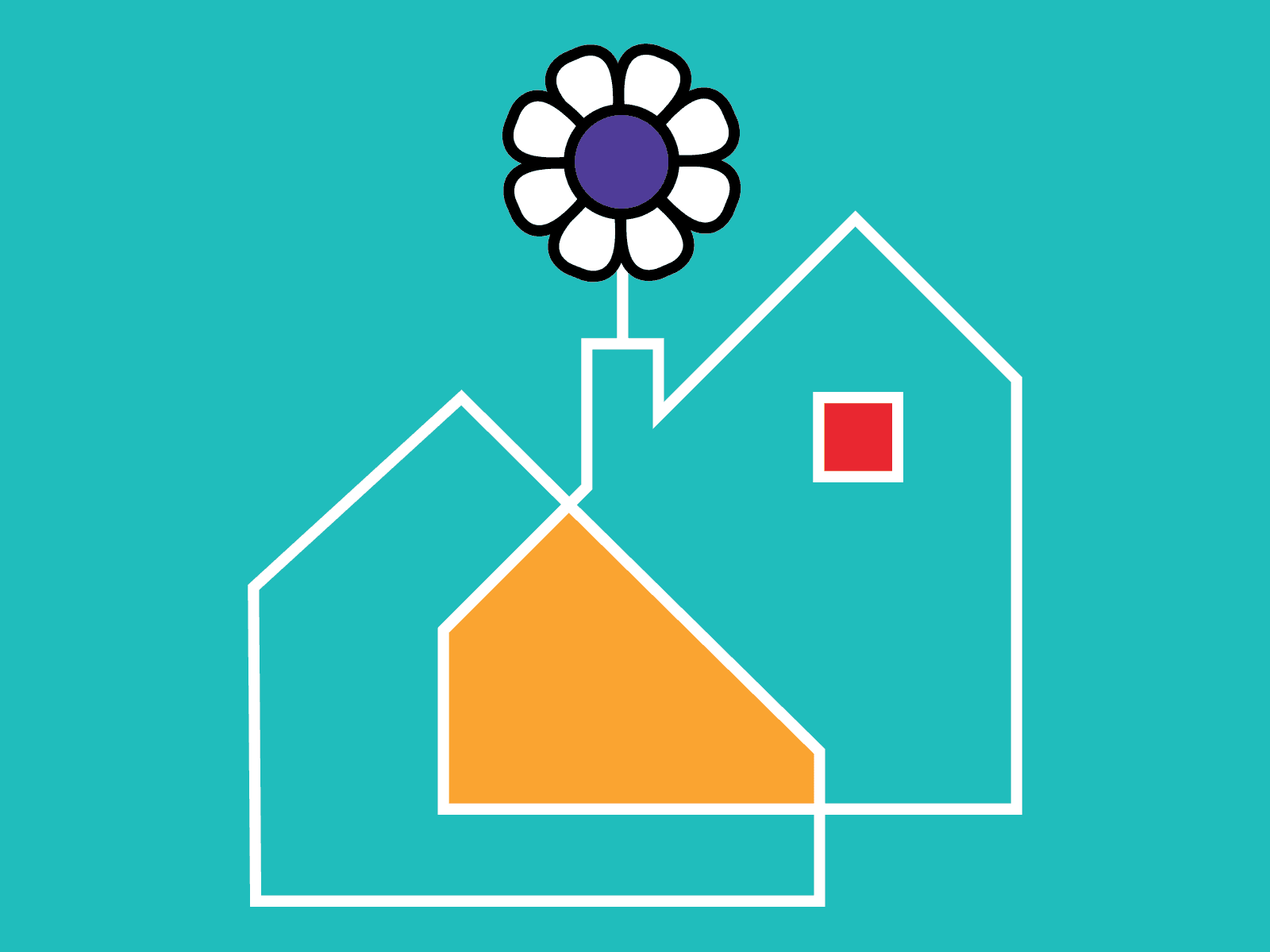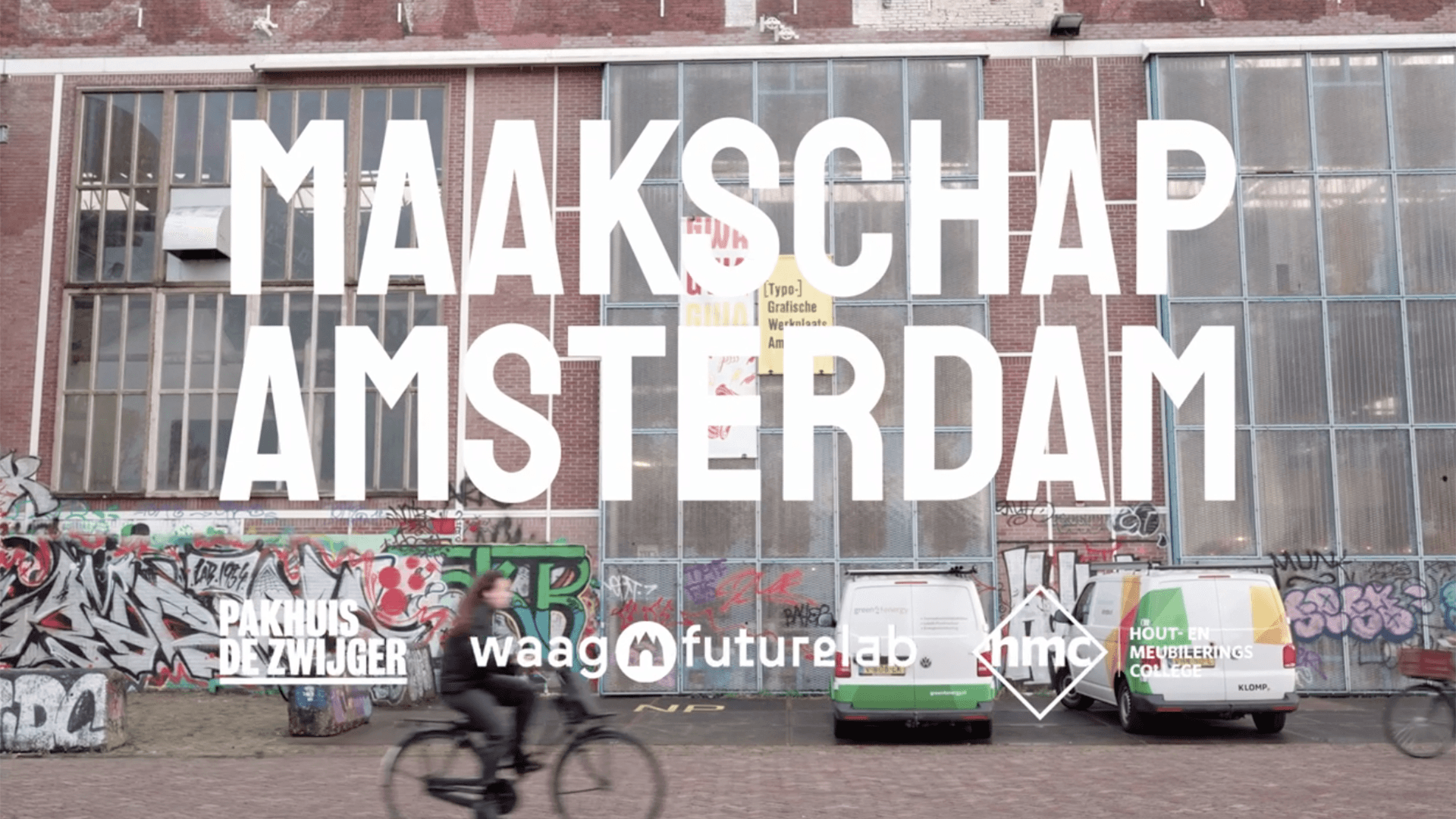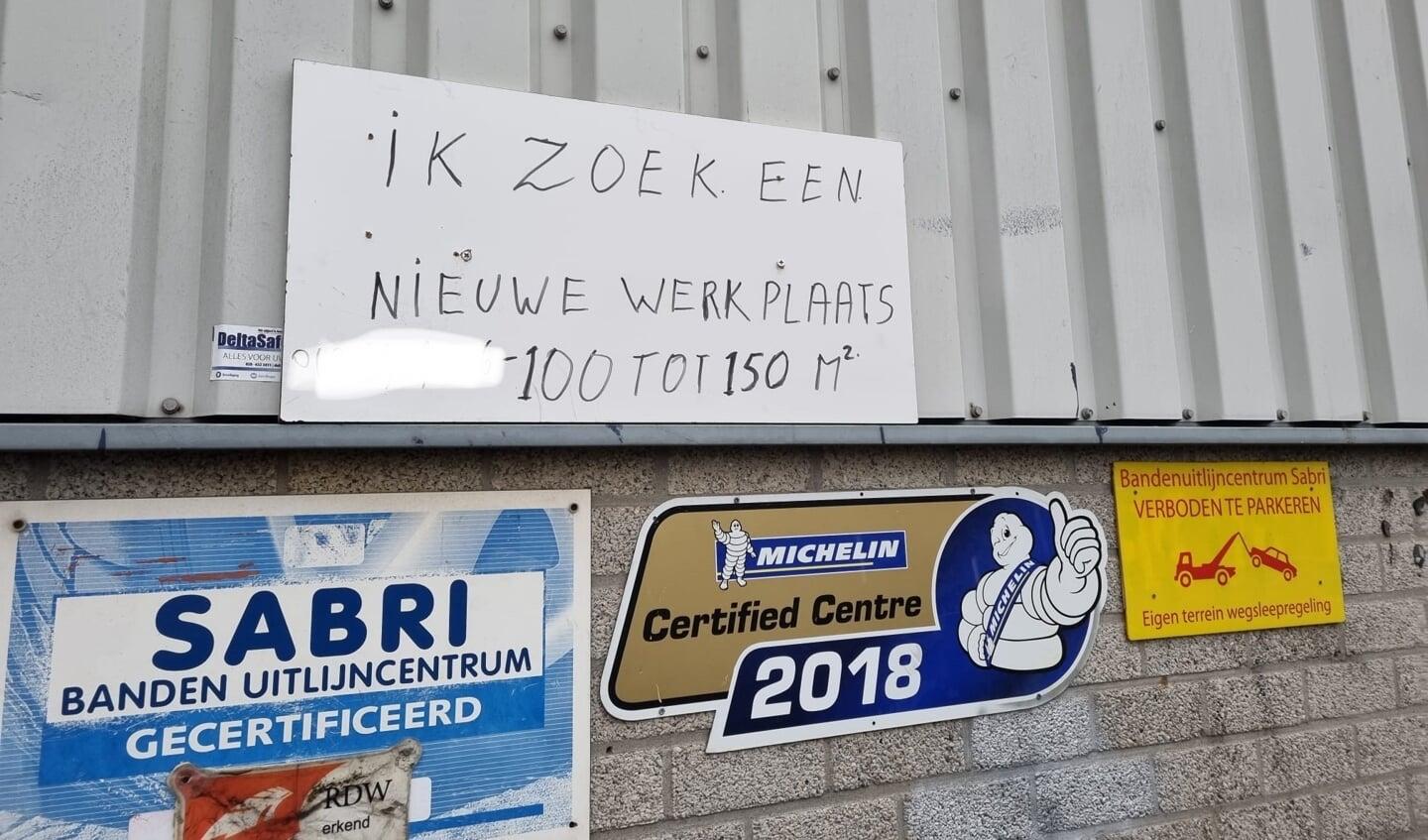In the podcast series Seed Memory, Harry Reddick researches the relations between heritage and the natural world. He explores heritage as something that is constantly in motion, and the ways emotions can define heritage and its meaning for a community. In the age of coronavirus, he poses the question of how we can make our communities more inclusive, and of how we want to navigate in the new normal. Building on ideas from ecologists such as Glenn Albrecht, he makes the case for including nature into our thinking about communities, thereby connecting the old (heritage) to the new, ecologically sustainable world we need to head towards.
Seed Memory is now available from all your favourite podcast platforms, including Apple Podcasts and Spotify.
> Listen on Spotify
> Listen on Apple Podcasts
> Read more about Seed Memory and the Centrinno project
Episode 1: Urban orchards
In the first episode we’re highlighting work of Vergers Urbains, an organisation turning the streets of Paris into ‘urban orchards’ by creating small allotments of endemic fruit-bearing plantlife, like fruit trees and bushes, on the streets of Paris. We specifically explore the way they encourage a different relationship with the built and industrial heritage of Paris, whilst at the same time encouraging new shared skills vested in a tradition not instantly connected to the identity of the city.
Episode 2: Solutions and problems of industrial heritage
In this episode of Seed Memory, we hear from Kavya Venkatraman and Tamara van Kessel, assistant professor in the Department of Art and Cultural Studies at the University of Amsterdam, about the different things that might make up heritage, showing how broad the idea of heritage can be. We then hear from De Ceuvel, a sustainable community hub in Amsterdam-Noord in a former shipyard, exploring how they are re-valorising industrial heritage sites by dealing with their toxic legacies, restoring them to possible economic value (for building and living) in connection with the area’s identity(s), as well as speaking with Steven High, an industrial heritage historian from the university of Montreal, about a wider look at the issue of re-use of industrial heritage. This includes the emotional response that working-class communities associated with industrial sites feel about how deindustrialised sites exist in the present.
Episode 3: Emotions and heritage
This episode will continue thinking about the emotions associated with heritage. Firstly, it will include an interview with Hester Dibbits, director of Applied Museum and Heritage Studies at the Reinwardt Academy, about the concept of ‘emotion networking’ in the management of heritage. This will be combined with an interview with Australian eco-philosopher (and now, in his terms, a ‘farmosopher’) Glenn Albrecht about the way that emotions related to the environment or the natural world can become part of our identity. We explore whether that has become part of an intangible shared cultural heritage and what that could mean for the way we face up to ecological challenges.
Credits episode 1: Seed Memory is created by Harry Reddick for Waag. This episode includes the help of Léandre Potier of Vergers Urbains, a partner in the Centrinno project. Music by: Anton Pearson, Lewis Shields and Dan-O.
Credits episode 2: This episode includes the help of Kavya Venkatraman, Tamara van Kessel, Tycho Hellinga, De Ceuvel, Steven High and Instituut voor Beeld & Geluid. Amsterdam-Noord Buiksloterham is one of the pilot areas of the Centrinno project. Music by: Anton Pearson and Lewis Shields.
Credits episode 3: This episode includes the help of Hester Dibbits, Glenn Albrecht, Freesound.org, and Ruby Ellis. Reinwardt Academy/AHK is a partner in the Centrinno project. Music by: Anton Pearson and Lewis Shields.
About Seed Memory
Seed Memory is a podcast series about heritage and the natural world, and where they overlap. Heritage is that which is inherited from past generations, maintained in the present, and bestowed to future generations. Heritage is not just about physical things like monuments, objects, and buildings. It is also about intangible things, such as skills, emotions and rituals. In fact, heritage is never one item, but a set of elements, material and immaterial. And heritage is not just about history either, it is what connects (or sometimes divides) us in the here and now, and might even be helping us to project into the future.
Seed Memory explores people, organisations and ideas that suggest we could see heritage as dynamic, as a way that makes a stronger relationship with the natural world possible, influencing all of life. Being closer to the natural world means that we see our stories as intertwined with those of the natural world, meaning we are more inclined to protect, conserve and identify with it. This might be by building bridges between different cultures or domains, big or small: by connecting to environmental challenges while learning how to grow endemic plants in your street or fostering cohesion through recognition of the role food and food rituals play in our individual lives or through eliciting the emotions that surround natural heritage. What if we felt as emotional an attachment to biodiversity and plant life as we do with our families and friends?
Ultimately, heritage is about the stories we tell ourselves to make sense of our lives, and Seed Memory explores what can happen if the natural world helped shape those stories. This ‘new normal’ we keep hearing so much about, would be one where we live within our means and begin to see the natural environment as something to live and cooperate with, not exploit. We will begin to see our cities and landscapes differently, begin to carry with us new concepts, ideas and beliefs. We will see the possibilities when we balance seemingly contradictory demands, between liveability of the planet and the socio-economic conditions of development, as well as the conflict between histories and traditions.
Seed Memory was created by Harry Reddick for Waag, as an exploration and introduction to our current project Centrinno.


